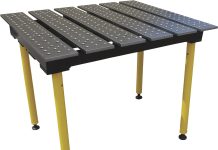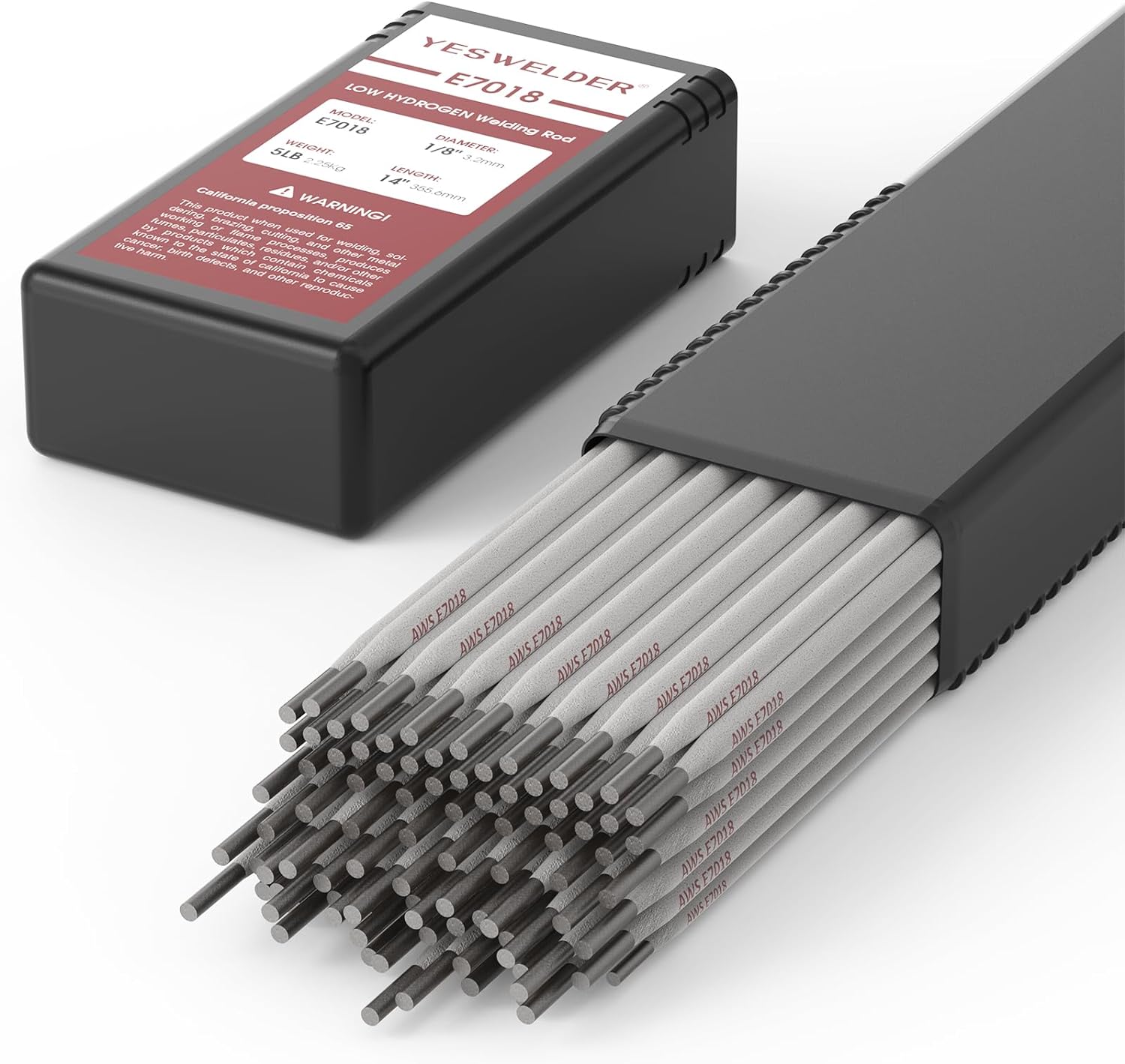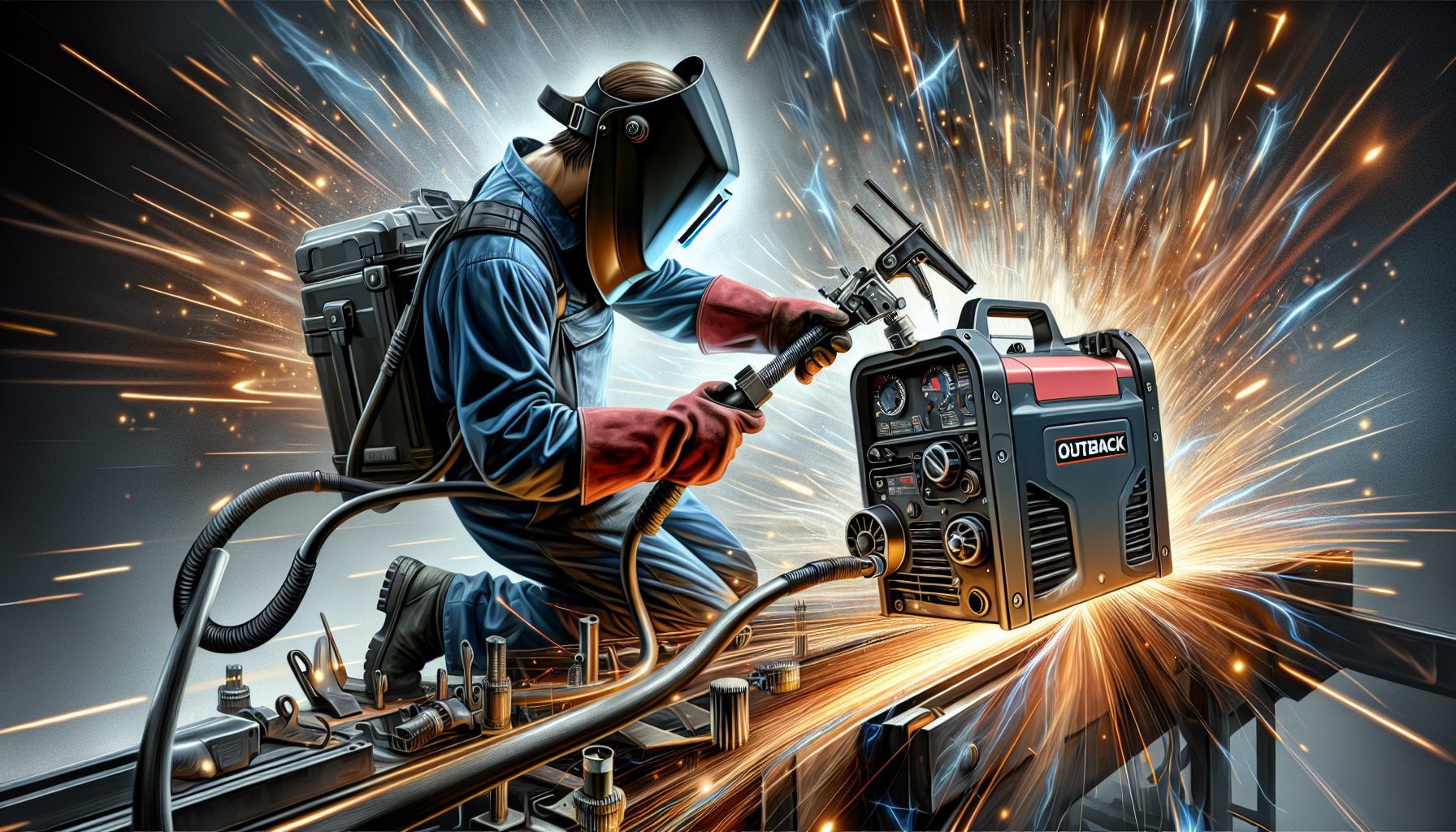Looking to add a vice or clamping system to your workspace but not sure where to start? Look no further! In this article, we will guide you step by step on how to successfully incorporate a vice or clamping system into your setup. Whether you’re a DIY enthusiast or a professional craftsman, we’ve got you covered. From selecting the right vice or clamp for your needs to installing it securely, we’ll provide all the necessary information and tips to help you enhance your work area and make your projects a breeze. So let’s get started and discover the ins and outs of adding a vice or clamping system!
Selecting the Right Vice or Clamping System
When it comes to selecting the right vice or clamping system, it’s important to consider your specific needs. Different projects and materials may require different types of vices or clamping systems. Take some time to evaluate the options available in the market and choose the one that best suits your requirements.
One important factor to consider is the durability and quality of the vice or clamping system. Since these tools will be subjected to pressure and force during use, it’s crucial to invest in a high-quality option that can withstand regular wear and tear. Look for vices or clamping systems made from sturdy materials and with solid construction.
The size and weight capacity of the vice or clamping system are also essential factors to consider. Make sure to match the size of the tool with your available workspace. Additionally, consider the weight of the materials you will be working with. Choose a system that can comfortably hold the weight without compromising stability.
Adjustable features can be incredibly useful when selecting a vice or clamping system. Having the ability to adjust the angle, height, or width of the tool can offer more flexibility and convenience in various projects. Explore options with adjustable features to ensure the right fit for your specific needs.
Preparing Your Workstation for Installation
Before installing a vice or clamping system, it’s important to prepare your workstation properly. Start by clearing your workspace of any unnecessary clutter or items that may hinder your installation process. A clean and organized workspace will make it easier to maneuver and install the tool.
Ensure that your workbench or surface is stable and sturdy. A strong, level surface is crucial for the proper functioning of a vice or clamping system. If your workbench or surface is not stable, consider reinforcing it or opting for a different installation location.
Gather all the necessary tools and materials you’ll need for the installation process. This may include screws, bolts, nuts, a drill, and other tools specific to the type of vice or clamping system you have chosen. Having everything ready beforehand will make the installation process much smoother.
Measure the available space where you plan to install the vice or clamping system. It’s crucial to have enough room to accommodate the tool and ensure easy movement and operation. Take accurate measurements to avoid any fit issues during installation.
Consider if any additional support or reinforcement is needed based on the anticipated workload of your vice or clamping system. Depending on the weight and force it will be subjected to, you may need to add extra bracing or reinforcement to your workbench or surface to ensure stability and safety during use.
Installation Steps for a Vice or Clamping System
To install a vice or clamping system, follow these step-by-step instructions:
-
Mark the desired placement: Use a pencil or marker to mark the exact spot where you want to install the vice or clamping system. Take into consideration factors such as accessibility, convenience, and the type of projects you’ll be working on.
-
Secure the system base to the workbench or surface: Place the system base in the marked spot and align it properly. Use screws or bolts to securely attach the base to your workbench or surface. Make sure the base is tightly fastened to ensure stability during use.
-
Attach or mount the vice or clamping system: Depending on the type of system you have, this step may vary. Follow the manufacturer’s instructions to attach or mount the vice or clamping system onto the base. Use the provided hardware or any additional tools necessary for installation.
-
Tighten all bolts and screws properly: Once the vice or clamping system is attached, go through all bolts and screws to ensure they are tightened properly. This step is crucial for the stability and functionality of the tool. Use a wrench or screwdriver as needed to tighten all connections securely.
-
Test the stability and adjust as necessary: Before fully utilizing the vice or clamping system, test its stability. Apply light pressure or load to ensure the system is securely installed and doesn’t wobble or move. If any adjustments are needed, make them now to achieve optimal performance.
Safety Considerations when Using a Vice or Clamping System
While using a vice or clamping system, it’s important to prioritize safety. Here are some key safety considerations to keep in mind:
-
Never exceed the weight capacity of the system. Using excessive force or loading can lead to instability or failure of the vice or clamping system, putting you at risk of injury.
-
Wear appropriate protective gear such as gloves or safety goggles. Depending on the project, there may be sharp or hazardous materials involved. Protecting your hands and eyes is crucial.
-
Securely fasten the workpiece before starting. Ensure that the material you are working on is tightly and securely clamped in place. This will prevent it from shifting or moving unexpectedly during the project.
-
Keep hands and fingers clear of moving parts. Avoid putting your hands or fingers too close to the clamping or moving parts of the system. This will prevent accidental injuries.
-
Use caution when releasing or removing clamped items. When releasing a clamped item, do it slowly and be aware of any potential movement or springback. Sudden release or removal can cause the material to snap back or the system to lose balance.
Exploring Alternative Clamping Solutions
While vices and traditional clamping systems are commonly used, it’s worth exploring alternative clamping solutions for certain projects or situations. Here are some options to consider:
-
Alternative types of clamps: There are various types of clamps available, such as pipe clamps, bar clamps, or C-clamps. These might offer different functionalities or advantages based on the project requirements.
-
Non-traditional clamping methods: In some cases, unconventional methods like zip ties, bungee cords, or magnets can be used for clamping purposes. These methods can be particularly useful in situations where regular clamps are not suitable or available.
-
Innovative clamping systems: Keep an eye out for innovative clamping systems that offer unique features or improved performance. Some newer designs incorporate advanced mechanisms or materials that enhance clamping capabilities.
-
Adaptability and versatility: Evaluate clamping solutions that can be easily adjusted or reconfigured to accommodate various project needs. Versatile systems can be a valuable addition to your workshop, allowing for flexibility in a range of projects.
-
Consult professionals or experts: If you’re unsure about which alternative clamping solution may work best for your specific needs, seek advice from professionals or experts in the field. They can provide valuable insights and guidance based on their experience.
Factors to Consider for DIY Vice or Clamping System
For those who enjoy do-it-yourself projects, building a DIY vice or clamping system can be a rewarding endeavor. However, it’s important to consider a few factors before diving into the DIY route:
-
Assess your skills and experience level: DIY projects require a certain level of skills and knowledge. Be honest about your abilities and assess if you have the necessary expertise to build a functional and safe vice or clamping system.
-
Research and gather DIY plans or designs: Look for reliable sources online or in books that provide detailed instructions and plans for building a DIY vice or clamping system. This research will help you understand the process and materials required.
-
Source necessary materials and tools: Once you have a plan, gather all the necessary materials and tools needed for the project. Make sure to have everything on hand before starting construction.
-
Measure and cut components according to the plan: Accurate measurements are crucial for a DIY vice or clamping system. Follow your chosen plan carefully and use appropriate tools to cut and shape the components.
-
Assemble and test the homemade system: Assemble the DIY vice or clamping system based on your plan and instructions. Once completed, thoroughly test the system to ensure it functions properly and meets your needs. Make any necessary adjustments or improvements before regular use.
When to Seek Professional Help
While DIY projects can be fulfilling, there are situations when seeking professional help is the right course of action:
-
For complex or specialized clamping requirements: If your project involves intricate or specialized clamping needs, it’s wise to consult professionals who have expertise in that area. They can provide guidance and recommend the best solution for your specific requirements.
-
Lacking necessary tools and expertise: Building or installing a vice or clamping system may require specialized tools or skills that you don’t possess. In such cases, it’s better to seek professional help to ensure the proper installation and functionality of the system.
-
Heavy-duty or industrial applications: When dealing with heavy-duty or industrial applications, it’s essential to have a robust and reliable clamping system in place. Professional assistance can ensure the appropriate system is selected and properly installed.
-
Precise and accurate clamping: Certain projects may require precise and accurate clamping, such as in woodworking or metalworking. Professional help can guarantee the precise alignment and tension necessary for these applications.
-
Difficulties during installation or use: If you encounter difficulties during the installation or use of a vice or clamping system, it’s advisable to reach out to professionals. They can diagnose and address any issues, ensuring the safety and efficiency of the system.
In conclusion, selecting the right vice or clamping system involves considering your specific needs, evaluating different options, and prioritizing durability and quality. Proper preparation of your workstation and careful installation steps will ensure the system functions effectively and safely. Regular maintenance, adherence to safety precautions, and exploration of alternative solutions can enhance your clamping experience. DIY enthusiasts should evaluate their capabilities before embarking on building a homemade system or seek professional help if necessary. By following these guidelines, you’ll be able to choose, install, and use a vice or clamping system that meets your requirements and enhances your woodworking, metalworking, or other projects.


































